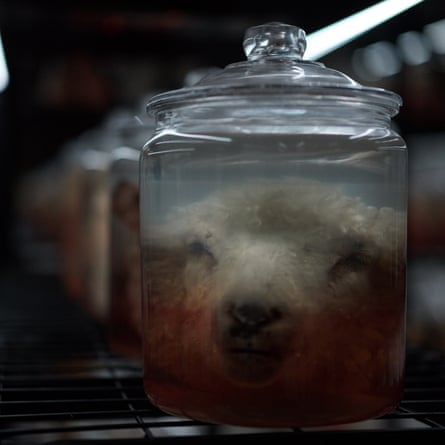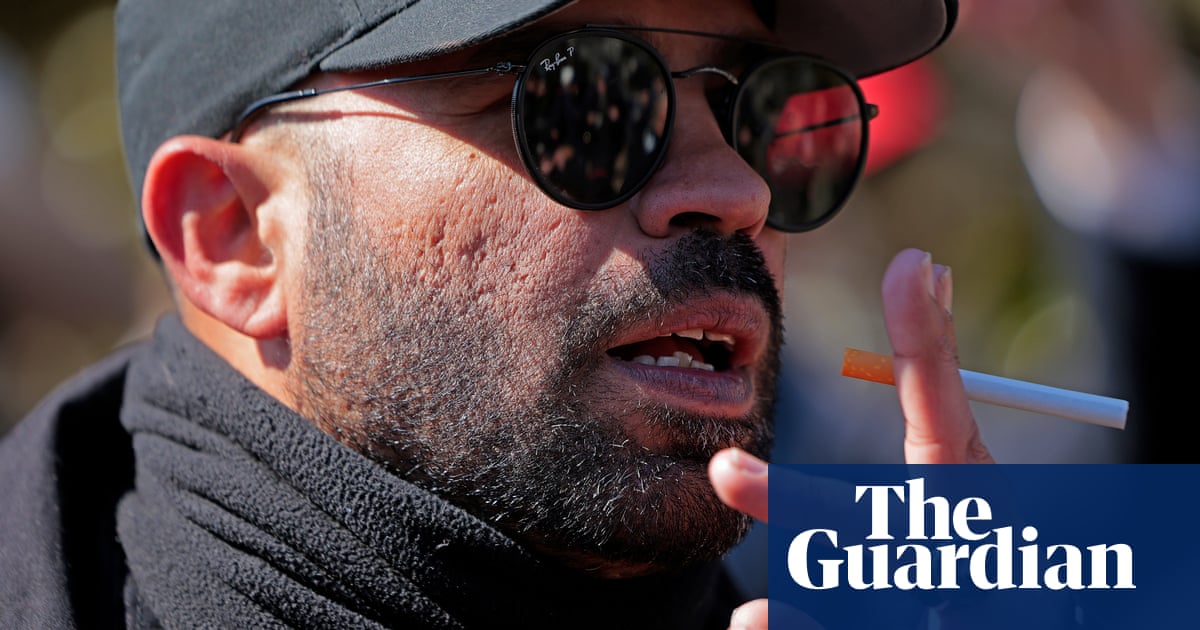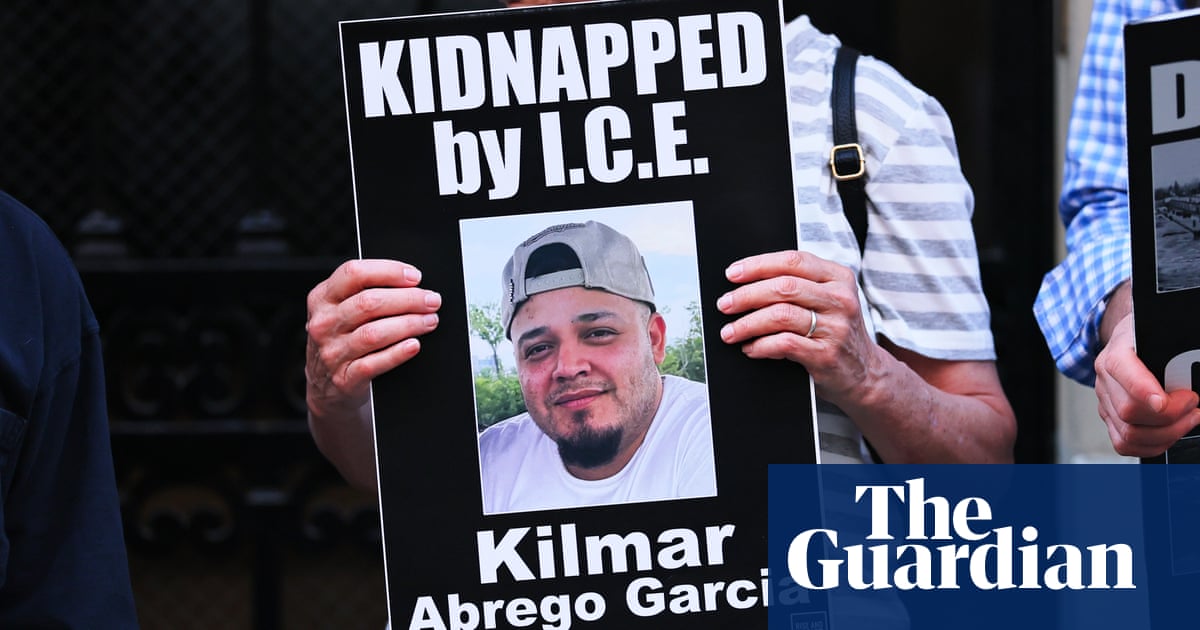In the dimly-lit basement of a former furniture store in Hobart CBD, 480 embalmed sheep’s heads in specimen jars are arranged on industrial shelving units: 24 racks, each four shelves high and with five jars per shelf, in a neat grid. The fastidiousness of the presentation sits at odds with the inherent violence of the material; so do the expressions on most of the sheep’s faces, which range from serene to uncanny smiles.
As if to dispel any false sense of quietude, the room’s lighting periodically switches to nightmarish red.
This is We threw them down the rocks where they had thrown the sheep, an installation by Trawulwuy artist Nathan Maynard, part of this year’s Dark Mofo festival – the first after the often controversial festival took a year off in favour of a “period of renewal”.

Maynard’s exhibition was the first announcement for the festival’s return, and it drew some scepticism from members of the local Tasmanian Aboriginal community at the time. When it was announced via a teaser post featuring the quote “What did you do with the bodies? – George Augustus Robinson, 1830”, Tasmanian Aboriginal heritage officer Fiona Hamilton criticised Dark Mofo’s “gory fascination with the pain of our people”. Academic Greg Lehman, a descendant of the Trawulwuy people of north-east Tasmania, compared the “ugly and tone-deaf” marketing of the project to the festival’s widely criticised 2021 commission by Spanish artist Santiago Sierra, who called for the donation of blood by First Nations people, in which to soak a union jack flag.
The festival cancelled Sierra’s work and apologised for the commission and their marketing of it, but its appetite for confronting – and gory – work is unabated.
Visitors enter the space via a nondescript doorway on Collins Street marked by a red cross; an invigilator at the entrance warns them that the artwork “may or may not be confronting”.
There’s no explanatory text or artist statement, and the artist agreed to only one interview, with the Indigenous-run paper Koori Mail – and on Thursday evening, the festival’s opening night, visitors navigated the installation with varying levels of bemusement. Some entered the basement, saw the grisly cargo, and turned around and exited; others got their phones out and took pictures.
When questioned by attenders, an invigilator at the room’s entrance gamely attempted to encapsulate the dark history that inspired the work, and the ongoing issues that motivated Maynard to create it.

“We threw them down the rocks where they had thrown the sheep” is a quote from the journals of George Augustus Robinson, Tasmania’s “Chief Protector of Aborigines” from 1839 to 1849. Robinson was recounting an anecdote told to him with “perfect indifference” by a perpetrator of one of the state’s worst massacres: on 10 February 1828, four convict shepherds ambushed a group of Aboriginals at Cape Grim, in the island’s north-west, shooting and driving about 30 of them off a 60-metre cliff, supposedly in retaliation for the destruction of about the same number of sheep. In his journal, Robinson wrote that he had issued the perpetrators a warning.
The Cape Grim massacre is one of many that took place in Lutruwita/Tasmania during a state-orchestrated genocidal campaign against the island’s First Peoples known as the Black War (1824-1832). Generally, there were no formal or legal consequences for white perpetrators.
after newsletter promotion
Maynard told the Koori Mail last month that the massacre was “just one example in this country of where white people valued sheep more than black human life”. In a statement to Guardian Australia, Dark Mofo’s cultural adviser, Caleb Nichols-Mansell, said the work “encourages a deeper investigation of the history, our shared pasts and an honest interrogation around these topics and themes that we typically avoid within arts and cultural settings”.

The presentation of the sheep’s heads in specimen jars points to a different kind of racist violence from the same era: the theft and trade of First Nations human remains, which occurred throughout Australia. These remains entered the private collections of white settlers and officials or were sold to museums and scientific institutions. The campaign for their repatriation has been running since the 1970s.
Meanwhile, just 200 metres from the basement where Maynard’s installation is held stands a statue of former governor Sir John Franklin, who is known to have collected the skulls of Aboriginal people.
For visitors unaware of this context, the only clue is an audio track that plays in the corridor leading to the basement, featuring two voices – one Maynard’s – expressing condemnation, anger and distress over the historical and continuing treatment of ancestral remains. It’s hard to hear these voices clearly, but among the lines that cut through is the indelible exhortation: “Imagine it was your mother or your grandmother who was collecting dust in a museum basement!”
Maynard told the Koori Mail he hoped the installation would educate non-Indigenous people on Tasmania’s violent past. It remains to be seen whether the work’s enigmatic presentation will have the desired effect.

 11 hours ago
4
11 hours ago
4

















































